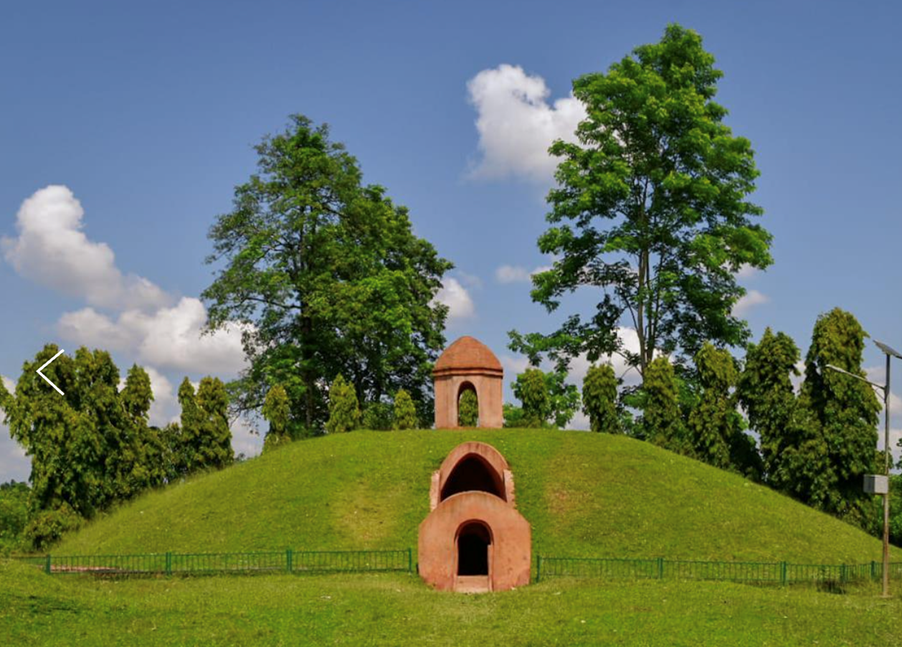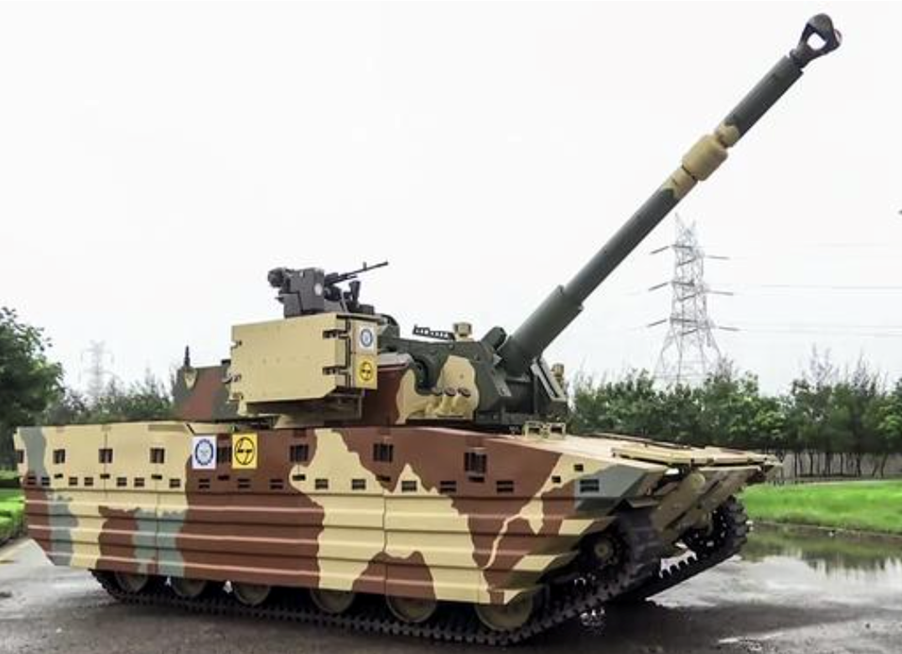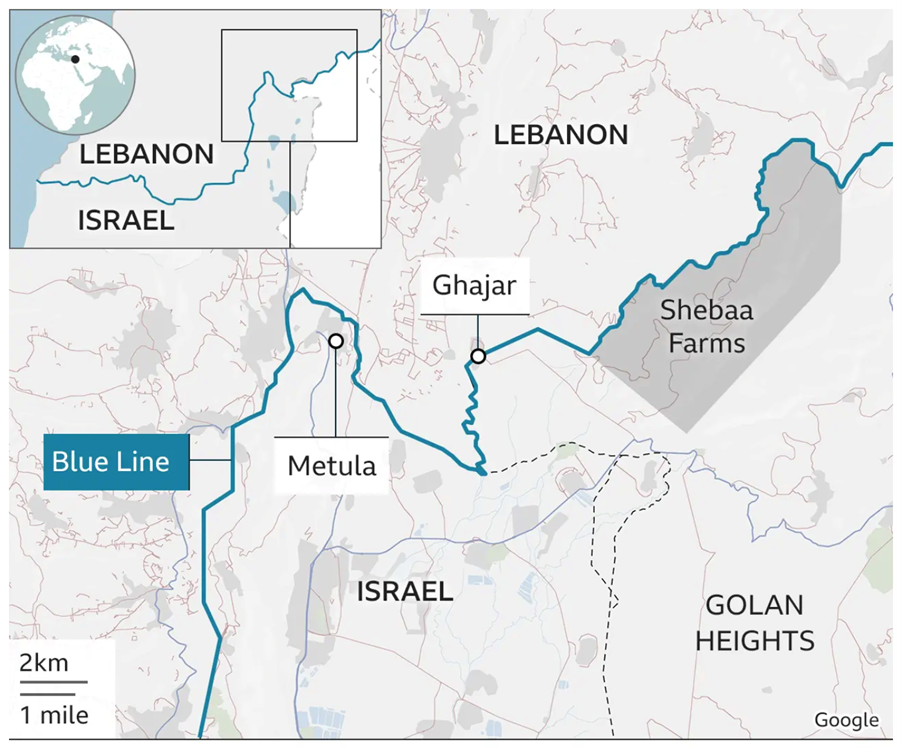IASbaba's Daily Current Affairs Analysis
Archives
(PRELIMS & MAINS Focus)
Syllabus
- Prelims & Mains – Art & Culture
Context: Ahom era ‘Moidams’ in Assam have been recommended for inclusion in the UNESCO World Heritage List by its international advisory body International Council on Monuments and Sites (ICOMOSO).
Background:-
- The Moidams situated in Charaideo are the burial grounds of Ahom kings and queens. These are comparable to the pyramids of Egypt and substances of wonder seen through the brilliant architecture and expertise of the artsmen and masons of Assam of the medieval era.

The story of Ahoms:
- The Tai-Ahom clan upon their migration from China established their capital in different parts of the Brahmaputra River Valley between 12th to 18th CE.
- Usurping the Barahi tribe, Chau-lung Siu-ka-pha established the first capital of the Ahoms at the foothill of Patkai hills and named it Che-rai-doi or Che-tam-doi, meaning “a dazzling city above the mountain”.
- While the clan moved from city to city, the landscape of Che-Rai-Doi or Choraideo continued to retain its position as most sacred where the departed soul of the Royals could transcend into the after-life.
- Believing that their Kings were Gods on earth, the Tai Ahoms chose to bury the deceased Royals in Choraideo, the most sacred core of their Kingdom.
- The unique system of vaulted mounds, which persisted for over 600 years until many Tai-Ahoms converted to Buddhism or adopted Hindu cremation, created an undulating landscape reminiscent of the mountains of heaven, reflecting their beliefs in life, death, spirit, and the ‘other world’.
- The Moidams of Choraideu remains the only area where the largest concentration of these vaulted-mound burial chamber exist together, demonstrating a grand royal burial landscape unique to the Tai Ahoms.
About Moidams
- Moidams are vaulted chamber (chow-chali), often double storied entered through an arched passage. Atop the hemispherical mud-mound layers of bricks and earth is laid, where the base of the mound is reinforced by a polygonal toe-wall and an arched gateway on the west.
- Eventually the mound would be covered by a layer of vegetation, reminiscent of a group of hillocks, transforming the area into an undulating landscape.
- Excavation shows that each vaulted chamber has a centrally raised platform where the body was laid.
- Several objects used by the deceased during his life, like royal insignia, objects made in wood or ivory or iron, gold pendants, ceramic ware, weapons, clothes to the extent of human beings (only from the Luk-kha-khun clan) were buried with their king.
- There is a great variety in materials and systems of construction used in building a moidam.
- From the period between 13th CE to 17th CE, wood was used as the primary material for construction whereas 18th CE onwards stone and burnt bricks of various sizes were used for the inner chambers.
Source: Hindu
Syllabus
- Prelims – CURRENT EVENT
Context: India has unveiled its ‘Zorawar’ light battle tank.
Background:
- As part of developmental trials, over the next six months, the tank will be tested in various conditions.

About Zarowar
- Zarowar is a joint effort between the Defence Research and Development Organisation (DRDO) and Larsen & Toubro (L&T).
- The air-transportable 25-tonne tank has been designed for rapid deployment largely along the frontier with China.
- Named after the 19th-century Dogra General Zorawar Singh, who led military operations in Ladakh and Western Tibet, Zorawar is the first tank to be designed and ready for trials in such a short timeframe.
- Its amphibious capabilities enable it to traverse steep climbs in mountainous terrain and cross rivers and other water bodies more easily than heavier predecessors like the T-72 and T-90 tanks.
- The Zorawar tanks are designed with an active protection system to shield combat vehicles from anti-tank guided missiles and projectiles.
- The tank is currently powered by a Cummins engine and DRDO has taken up a project to develop a new engine domestically.
What led to the development of Zarowar ?
- At the height of the ongoing standoff in Eastern Ladakh, following the confrontation on the Kailash range on the south bank of Pangong Tso in August 2020, India and China had deployed tanks on the mountain peaks.
- China has deployed the third-generation modern light tank ZTQ 15 (Type 15), latest ZTL-11 wheeled Armoured Personnel Carriers and a series of assault vehicles along the Line of Actual Control in Eastern Ladakh during the standoff.
- The Chinese light tanks could move through steep climb along the Line of Actual Control (LAC) much more easily than the Indian Army’s heavy-weight T-72 and T-90 tanks of Russian origin.
- It was during the standoff that the Army felt the need for a light tank to operate at 15,000 feet for easy deployment and manoeuvrability.
- Officials said the Zarowar tank will be able to fire at high angles of elevation and perform the role of limited artillery and is an agile weapon platform thus providing enhanced tactical and operational mobility.
Source: Firstpost
Syllabus
- Prelims & Mains – Economy
Context: Koo, the Indian social media platform that aimed to rival Twitter has shut down.This has brought the topic of zombie startups into limelight once again.
Background:
- Tech startups once blessed with huge fundings are transforming into “zombies”.
Key takeaways
- Startups that raised a huge amount of money over the boom cycle but aren’t producing nearly enough revenue to justify the valuation are called ‘Zombie startups’.
- Or to define it another way, Zombie startups, also known as “walking dead” companies, are businesses that continue to operate despite being unprofitable or stagnant. A company might turn into a zombie because of multiple reasons:
- Lack of Funding: Zombie startups may have received initial funding but failed to secure follow-up investments. As a result, they struggle to grow and remain in a state of limbo.
- Ineffective Business Models: Some startups have flawed business models that prevent them from achieving sustainable growth. They may not address market needs or fail to adapt to changing conditions.
- Management Challenges: Poor leadership, mismanagement, or lack of strategic vision can turn a promising startup into a zombie. Without effective decision-making, they drift without purpose.
- Market Conditions: Economic downturns or industry-specific challenges can contribute to a startup’s zombification. When external factors hinder growth, companies may become zombies.
Source: Business Standard
Syllabus
- Prelims – GEOGRAPHY
Context: The United Nations (UN) has expressed deep concern over the recent escalation of tensions along the Lebanon-Israel ‘Blue Line’ frontier.
Background:
- UN officials, including the UN Special Coordinator for Lebanon (UNSCOL), have urged both parties to return to a cessation of hostilities and fully implement Security Council resolution 1701.

About Blue Line
- The Blue Line is a border demarcation established by the United Nations in 2000 after Israeli troops withdrew from southern Lebanon.
- Acting as the boundary between Lebanon and Israel, it aims to prevent conflicts and establish a foundation for security arrangements in the volatile region.
- Originally, this line was the boundary established by Britain and France in the 1920s, delineating the borders between Lebanon, Syria, and Palestine.
- It’s important to note that the Blue Line is not an official international border but rather a demarcation line.
Source: UN NEWS
Syllabus
- Prelims – POLITY
Context: The National Commission for Minorities (NCM) took initiative to discuss the implementation and registration of Sikh marriages under the Anand Marriage Act with 18 States/UTs.
Background:
- Jharkhand, Maharashtra, and Meghalaya reported that they have already implemented the Act, while the remaining States/UTs assured that they would implement it within two months.
National Commission for Minorities (NCM)
- The National Commission for Minorities (NCM) in India is a statutory body established under the National Commission for Minorities Act, 1992.
- It replaced an earlier non-statutory body called the Minorities Commission.
- The NCM’s primary role is to work for the development of recognized minority communities in India.
- The NCM is composed of the following members:
- Chairperson
- Vice-Chairperson
- Five Members
- These seven individuals are nominated by the Central Government from among persons of eminence, ability, and integrity.
- Each member serves a three-year term from the date of assuming office.
- Minority Communities:
- Initially, five religious communities were notified as minority communities by the Union Government: Muslims, Christians, Sikhs, Buddhists, and Zoroastrians (Parsis).
- Later, Jains were also notified as another minority community in 2014.
- Functions:
- The NCM looks into matters related to the status of minority communities in India.
- It investigates complaints made by minority communities.
- The NCM safeguards and protects the interests of minorities as provided in the Constitution of India and relevant laws.
- Anand Marriage Act:
- The Anand Marriage Act is a law that allows Sikhs to register their marriages under a separate act, rather than the Hindu Marriage Act.
- This act is significant for the Sikh community as it provides legal recognition to their traditional marriage ceremonies.
- It recognises the Sikh marriage ceremony called Anand Karaj.
Source: PIB
Syllabus
- Prelims & Mains – Agriculture
Context: To boost livelihoods in the non-farm sector, Ministry of Rural Development organized a webinar on Jute Craft recently.
Background:
- The Indian Jute Industry is a very old & predominant in the eastern part of India.India is the world’s largest producer of raw jute and jute goods , contributing to over 50 percent and 40 percent respectively of global production.
About Jute and its cultivation :
- Jute is one of the most important natural fibers after cotton in terms of cultivation and usage. Cultivation is dependent on the climate, season, and soil.
- Almost 85% of the world’s jute cultivation is concentrated in the Ganges Delta. This fertile geographic region is shared by India (mainly West Bengal) and Bangladesh.
- The cultivation of jute in India is mainly confined to the eastern region of the country . The jute crop is grown in nearly 83 districts of seven states – West Bengal , Assam , Orissa , Bihar , Uttar Pradesh , Tripura and Meghalaya . West Bengal alone accounts for over 50 percent raw jute production.
- China also has a dominant place in jute cultivation. On a smaller scale, Thailand, Myanmar (Burma), Pakistan, Nepal, and Bhutan also cultivate jute.
- Temperatures ranging to more than 25 °C and relative humidity of 70%–90% are favorable for successful cultivation.
- Jute requires 160–200 cm of rainfall yearly with extra needed during the sowing period.
- River basins, alluvial or loamy soils with a pH range between 4.8 and 5.8 are best for jute cultivation.
- Plain land or gentle slope or low land is ideal for jute cultivation. Since the jute seeds are small in size, land should be finely tilled, which can be done by careful ploughing.
- There are two main types of Jute : Olitorius and Capsularis.
- Jute takes 4 to 5 months to mature.
Source: PIB
Practice MCQs
Q1.) Moidams, recently seen in news
- are the burial grounds of Ahom kings and queens.
- Is a neolithic tool used in parts of south India
- Is a prehistoric site of industrial valley
- None of the above
Q2.) The border known as ‘Blue Line’ sometimes appears in the news in the context of events related to
- Central Asia
- Middle East
- South-East Asia
- Central Africa
Q3.) The Anand Marriage Act, recently seen in news is related to which of the following minority communities in India?
- Sikhs
- Buddhists
- Zoroastrians
- Jains
Comment the answers to the above questions in the comment section below!!
ANSWERS FOR ’ 11th July 2024 – Daily Practice MCQs’ will be updated along with tomorrow’s Daily Current Affairs.st
ANSWERS FOR 10th July – Daily Practice MCQs
Q.1) – d
Q.2) – c
Q.3) – c














